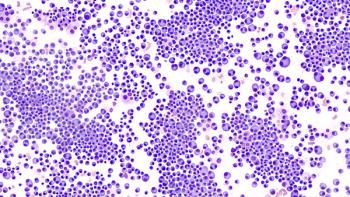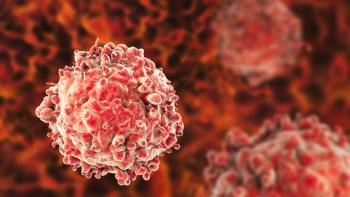
Social Media: A Meaningful Tool to Share Nurses' Voices
A professional social media presence can be beneficial for oncology nurses and their followers, but there are a few guidelines that nurses should keep in mind.
A 2020 Gallup poll showed that nurses were — once again – ranked as the most trusted profession in the United States. Now, in the era of the Internet, nurses can use social media to make their wisdom more broadly heard and ensure that their voice is heard.
“There are almost 4 million nurses in the United states — more than any health care profession – and there is great power and change that can occur when we use our voices,” said Lisa Kennedy Sheldon, PhD, APRN. AOCNP, FAAN, clinical and scientific affairs liaison at the Oncology Nursing Society (ONS), during a presentation at the 2020 ONS Bridge virtual conference.
Sheldon said that the first step in creating a professional social media presence is to find followers with like interests — this can be other nurses or health care providers, hospitals, clinics, research institutions, and more.
Next, nurses should craft their profile. It should include a professional headshot and a biography, which states who they are as a professional and what make them interesting and unique. Nurses should consider how their voice can be valuable to their colleagues and followers, and be sure that their profile and content fits the social media platform that they are using.
“LinkedIn is really a professional networking site designed to help people make business connections and share their experiences and resumes, maybe find jobs, or seek or share information,” Sheldon said.
“Twitter is considered a micro-blogging platform, because each entry that you put in there is only 140 characters. So you are limited in the amount of information that you can put in a tweet, but it is the fastest-growing social media platform because of its versatility.”
Sheldon emphasized that nurses must be careful on what they put out on social media, where patients might want to follow them. Nurses must be conscious of privacy of patients and images of institutions.
Additionally, nurses must be sure that they are sharing reliable information on social media.
“If you’re going to be sharing information, you want to make sure you pick high-quality, evidence-based pieces. If you’re brining yourself forward in your branding as a thought leader, you want to make sure that you’re picking policy pieces that come from reputable sources,” Sheldon said.
Nurses looking to build their professional social media presence should be consistent and frequent in their posting, and take advantage of the use of hashtags and appropriate images to have content seen by even more people.
“You want to be frequent enough with relevant information that when people see your name, they say, ‘I wonder what she’s posting about today.’”
Sheldon recommended engaging with followers and with others who share valuable information, but again, be mindful of your health care institution’s policies regarding media.
Ultimately, nurses have been — and continue to be – trusted voices in the world of health care, both in the clinic and online. “We want to use social media to network with other nurses throughout the world to share information and ideas,” Sheldon said.
Find Oncology Nursing News on social media:
Newsletter
Knowledge is power. Don’t miss the most recent breakthroughs in cancer care.
















































































